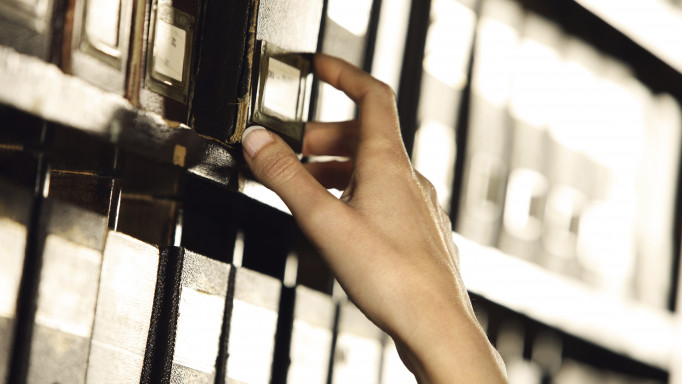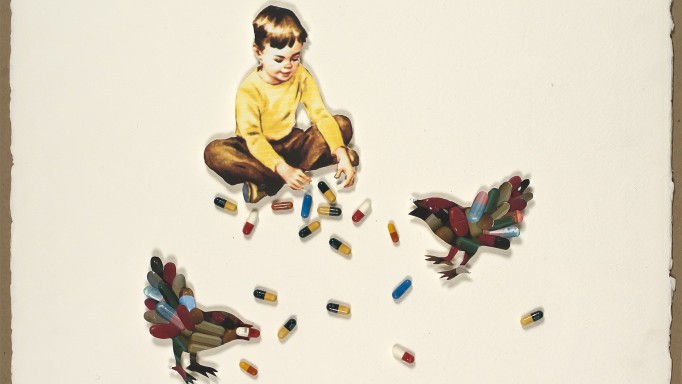How common is HIV among transgender people?
Transgender, gender-nonconforming and nonbinary people have a higher rate of HIV than the population as a whole. However, accurate information about how many are affected has been scarce because of a lack of research and incomplete data collection.
About 1.4 million people in the United States identify as transgender, according to the Williams Institute at the University of California at Los Angeles, which focuses on sexual orientation and gender identity law and public policy.
Transgender people accounted for 2% of new HIV diagnoses in 2019—or 671 out of the 36,801 new cases reported that year—according to the Centers for Disease Control and Prevention (CDC). Transgender men accounted for 46 of these cases. Most transgender women diagnosed with HIV were Black (46%) or Latina (35%). Among trans men, 41% were Black, 26% were Latino and 24% were white. Mostly newly diagnosed trans people were ages 13 to 24 (31%) or 25 to 34 (47%).
Many older studies incorrectly classified transgender women as “men who have sex with men.” This lack of accurate historical data makes it difficult to know whether new cases of HIV are rising among trans women or whether rates have started to come down, as they have for most other population groups. More recent research does a better job of correctly classifying trans people by using a two-step method that asks their assigned sex at birth as well as their current gender identity.
How does HIV affect trans people differently?
Risk factors for HIV acquisition include anal sex and vaginal/frontal sex without a condom and sharing needles and other equipment to inject drugs. Some trans people also share needles for injecting hormones.
Trans people may not have access to HIV prevention information and services that use appropriate language to describe their body parts and how they have sex. But their awareness of PrEP is high. According to the CDC, more than 90% of HIV-negative trans women are aware of PrEP and 32% have used it, figures that compare favorably with those for gay and bisexual men.
The first approved PrEP pill, tenofovir disoproxil fumarate/emtricitabine (TDF/FTC, Truvada and generic equivalents), has been tested in transgender women and shown to be highly effective at preventing HIV when used consistently. TDF/FTC is also effective for cisgender (non-trans) women, but it has not been studied for trans men.
The second PrEP pill, tenofovir alafenamide/emtricitabine (TAF/FTC, Descovy), is also effective for trans women. However, the initial large trials did not include cisgender women or trans men, so the Food and Drug Administration declined to approve Descovy for people exposed to HIV via vaginal or frontal sex until more research is done. Such studies are underway.
Long-acting PrEP injections (Apretude) administered by a health care provider every other month were even more effective than daily pills in studies of cisgender men and transgender women (HPTN 083) and cisgender women (HPTN 084). But here too, data are lacking for trans men.
The shortage of research on transgender men remains a concern. A 2017 survey of more than 800 trans men who have sex with men found that a majority engaged in behavior that could put them at risk for HIV, and most had heard of PrEP, but only 22% were using it. Likewise, there has been no specific research on HIV risk or PrEP effectiveness among trans women who have had the gender-affirming surgery known as vaginoplasty.
Some older research found that transgender women and men are less likely than other groups to receive ongoing HIV care and treatment. But things have improved thanks to targeted education and outreach. According to the CDC, 84% of transgender women received some HIV care, 67% were retained in care and 67% achieved viral suppression in 2019. The figures were about the same for trans men, though numbers were smaller. In comparison, the corresponding proportions for gay and bisexual men were 78%, 59% and 68%.
Studies have shown that transgender women respond as well as cisgender men and women when antiretroviral medications are used as directed. Those who remain in care are as likely as non-trans people to maintain viral suppression, which both prevents HIV disease progression and stops transmission of the virus. There has been little specific research on trans men with HIV, but there is no reason to think they do not also respond well to treatment.
Many trans women are concerned that the medications used for PrEP or treatment could interact with gender-affirming hormones. But studies so far have shown that TDF/FTC and other commonly used antiretrovirals do not interfere with feminizing hormones, nor does hormone therapy alter the effectiveness of antiretrovirals. Nonetheless, it is important to tell your HIV care provider about all the medications you are taking, including hormones.
Transgender, gender-nonconforming and nonbinary people often face stigma and discrimination, which contributes to higher levels of unemployment, poverty, homelessness, sex work, depression, other mental health problems, substance use, incarceration and violence—all of which are linked to higher rates of HIV.
In addition, many trans people have had negative experiences with the health system, which discourages them from seeking care. Finding providers who are knowledgeable about and sensitive toward transgender and gender-nonconforming people can be challenging, but LGBTQ and trans advocacy organizations and local AIDS service organizations may be able to point you in the right direction.
Last Reviewed: November 11, 2023














